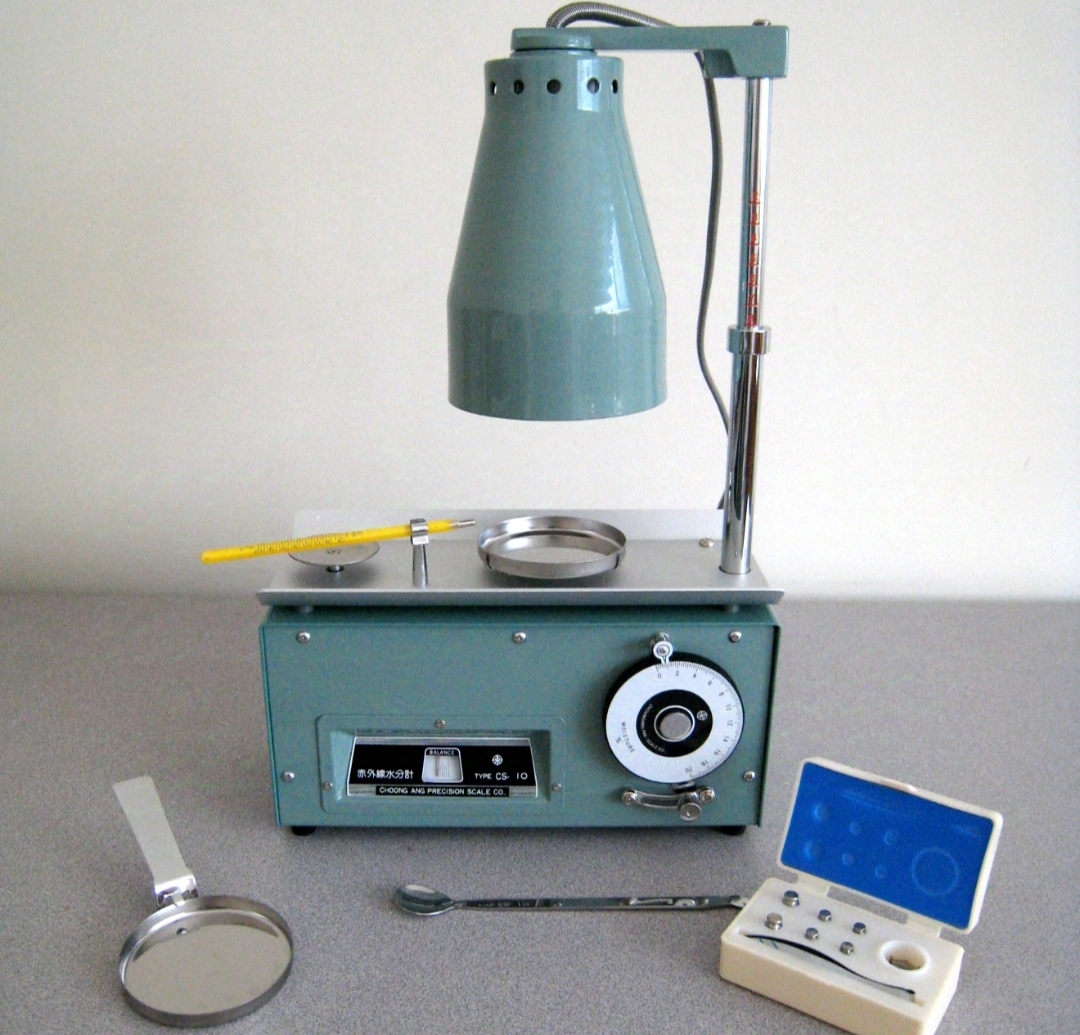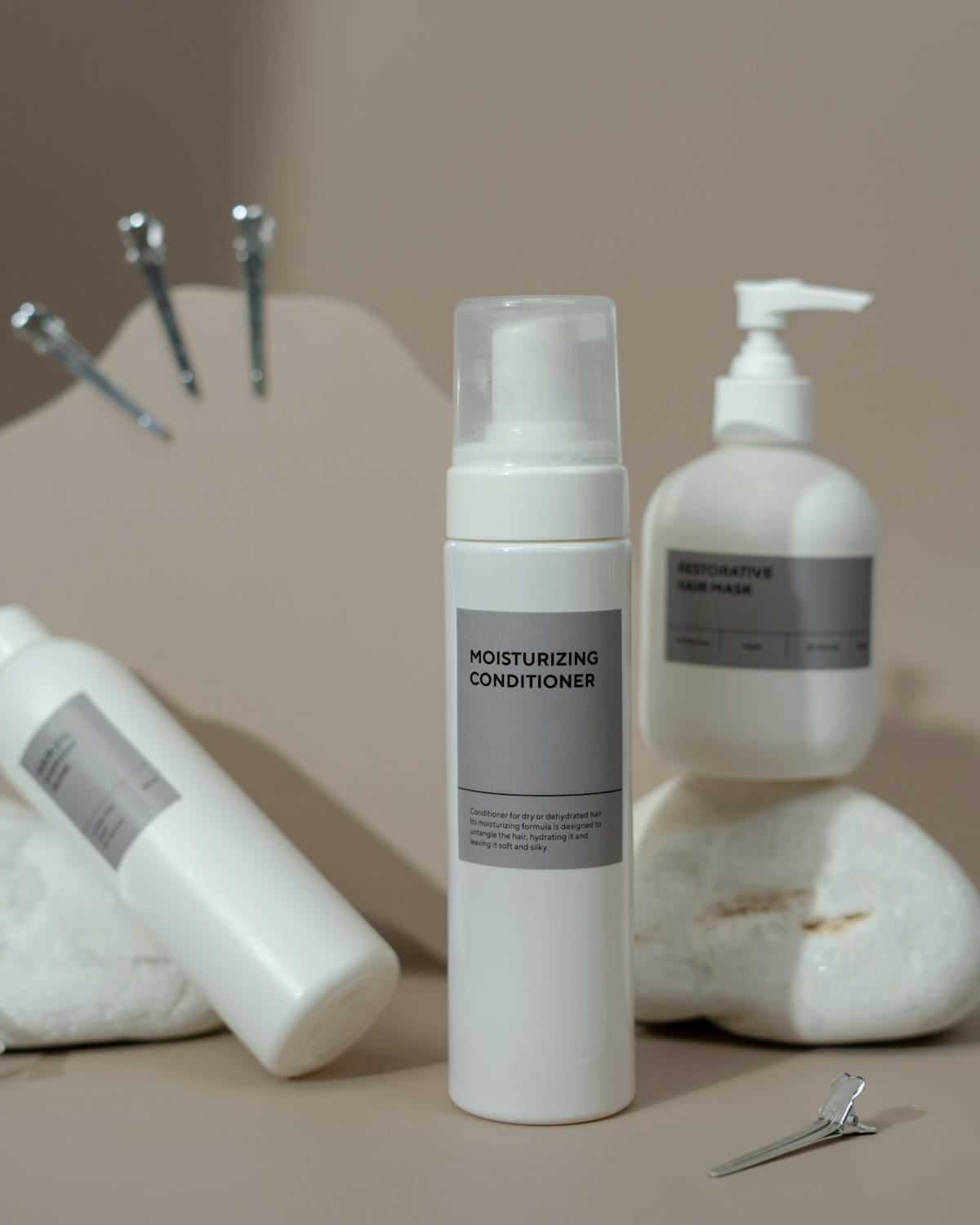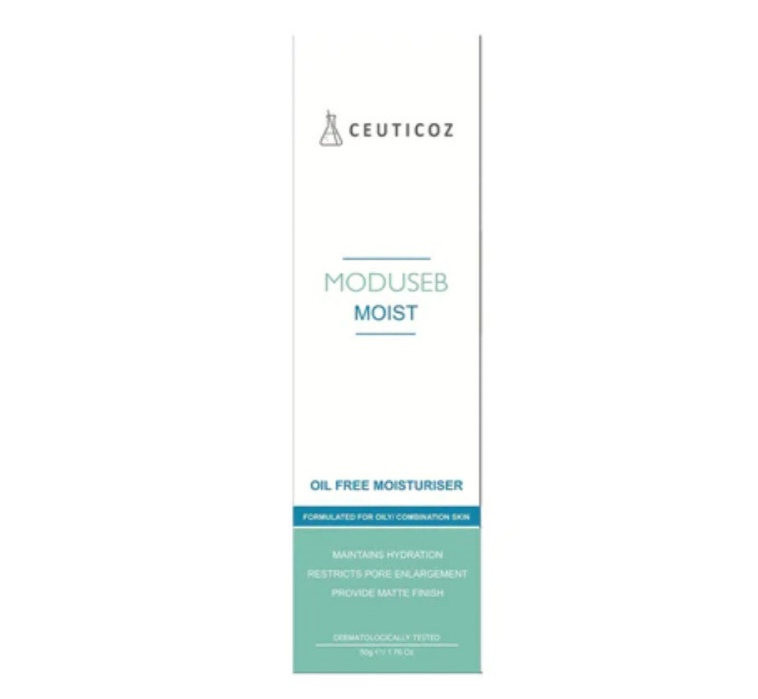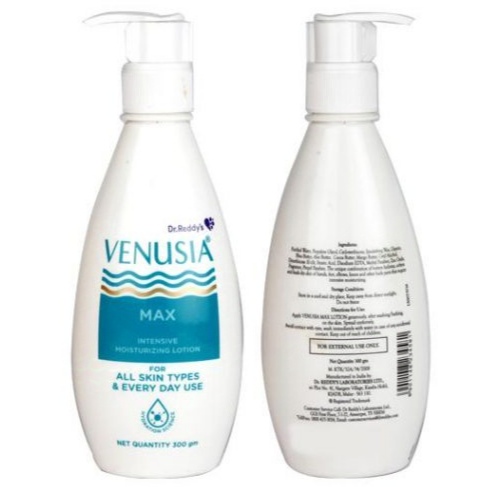Introduction
In the world of moisture analysis, precision and efficiency are paramount. An infrared moisture meter, a pivotal tool in this arena, offers unmatched accuracy and speed in measuring moisture content in various materials. This comprehensive guide delves into the benefits, functionalities, and applications of infrared moisture meters, helping industries and professionals make informed decisions.
What is an Infrared Moisture Meter?
An infrared moisture meter is a device that uses infrared technology to measure the moisture content in different materials without direct contact. This type of meter is essential for industries where moisture levels directly impact product quality, safety, and longevity.
How Does an Infrared Moisture Meter Work?
The Science Behind the Technology
Infrared moisture meters operate based on the principle that water molecules absorb specific wavelengths of infrared light. The device emits infrared light onto the material’s surface and then measures the amount of light absorbed, which correlates directly to the moisture content.
Benefits of Non-Contact Measurement
One of the significant advantages of using an infrared moisture meter is its non-contact measurement capability. This feature is crucial for sensitive materials where touching could alter the moisture reading or damage the material.
Key Benefits of Using Infrared Moisture Meters
Speed and Efficiency
Infrared meters provide immediate results, which is vital for processes requiring real-time data to make quick adjustments.
Accuracy and Reliability
These meters are known for their precision across a range of materials, from wood and paper to textiles and building materials, ensuring consistent product quality.
Versatility
Adjustable settings allow the meters to be calibrated for different materials, enhancing their versatility across various industries.
Applications of Infrared Moisture Meters
Industrial Applications
In industries like woodworking, paper production, and textiles, moisture meters are used to ensure that the moisture content is within specific limits to maintain quality and durability.
Building and Construction
In construction, these meters help in detecting moisture levels in materials, preventing issues such as mold growth and structural damage.
Agriculture
Farmers use infrared moisture meters to monitor soil moisture and manage irrigation systems effectively, promoting optimal crop growth.
Choosing the Right Infrared Moisture Meter
Factors to Consider
When selecting an infrared moisture meter, consider its accuracy, range, and the specific needs of your application. Also, assess the ease of use and the data output format, which are crucial for integrating the meter into your operations.
Features to Look For
Opt for devices with user-friendly interfaces, durable design, and, if necessary, connectivity options like Bluetooth or Wi-Fi for easy data transfer.
Maintenance and Care Tips
Regular Calibration
Ensure your meter delivers accurate results by calibrating it regularly according to the manufacturer’s guidelines.
Proper Handling
Although robust, handle your device with care to avoid drops and impacts that could affect its functionality.
Storage
Store the meter in a dry, cool place to prevent any humidity-induced damage or interference.
Conclusion
Infrared moisture meters are invaluable for professionals across various industries, offering quick, accurate, and non-invasive moisture detection. By understanding and utilizing these powerful tools, industries can enhance their product quality, safety, and efficiency, leading to better outcomes and satisfaction.










